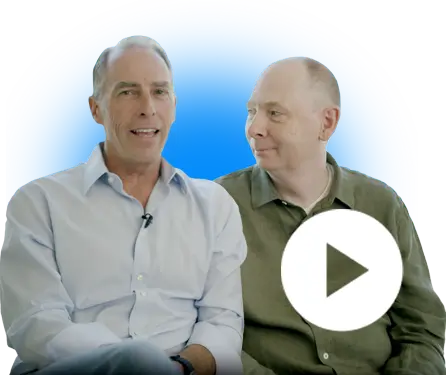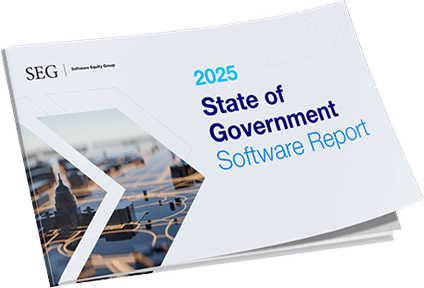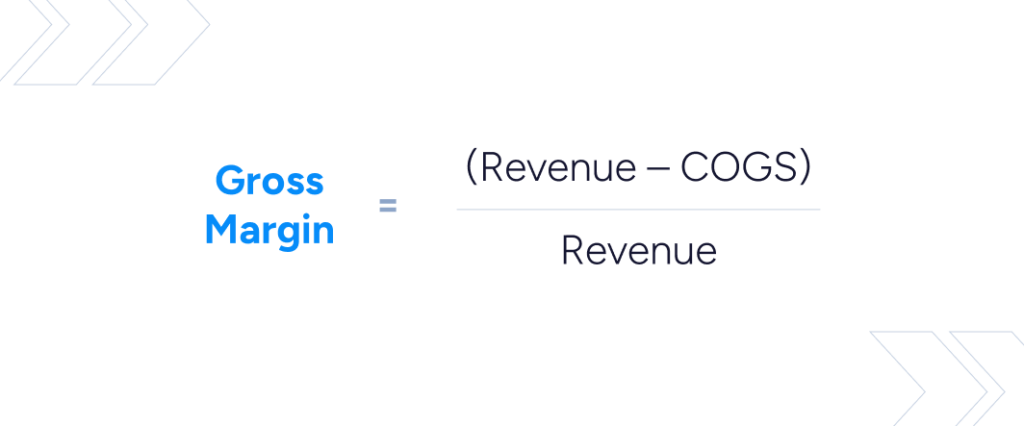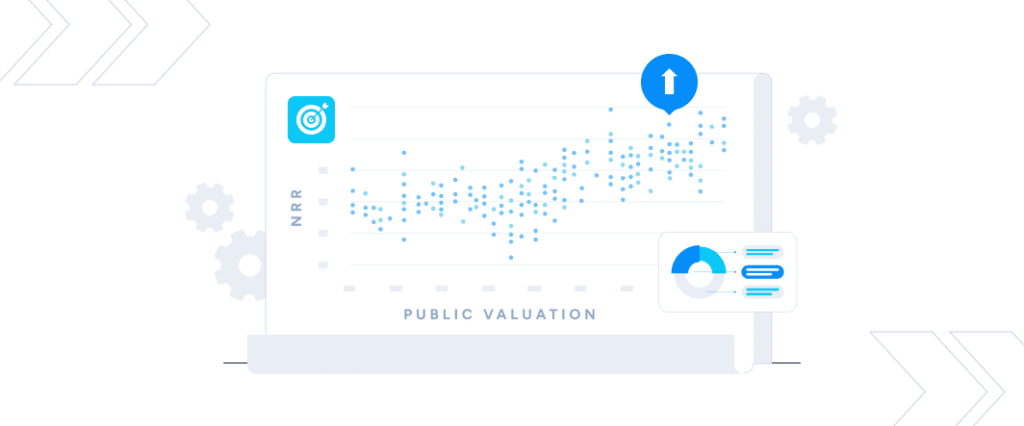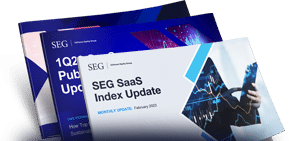Tips to Optimize Your SaaS Exit

Most software founders and CEOs are working toward achieving a “successful exit,” which can come in many flavors. Some want to sell to a strategic buyer while others want to raise private equity capital. Some want to be actively involved in the business post-transaction while others want to sail off into the sunset.
No matter the envisioned “perfect sale,” strategizing should begin years before an exit occurs. For more on planning prior to an exit, please read SEG’s blog on “Why the Most Successful Exits Are All About the Journey.”
Among the most important actions SaaS sellers can take to optimize their exit are: understanding the market, monitoring business performance, and evaluating personal and company goals.
Understand Your Market
Prudent timing is a critical aspect to achieving a successful outcome. Sellers might think they have control over the timing of their exit, but this is not often the case. Markets and competition are constantly evolving, and buyer demand can pick up in a limited window of time. Timing an exit is difficult, but market knowledge can help them pull the trigger at the right time.
So . . . software CEOs must be aware of their surroundings! A company’s intrinsic value is largely a function of the capricious outside world. Markets and competition are not fixed variables, so educate yourself then plan and strategize around these.
Valuations in Your Space
It is critical to be in tune with company valuations within your space. How are competitors priced? What competitors have raised capital and at what valuation? How does my company profile compare to related acquisitions in the market? What makes my company more or less valuable?
Educating yourself on market valuations will help guide valuation expectations for your own business, and it will also give you valuable insight on when to sell. Industry valuations affect your valuations, so understand the drivers within yours. For more on market education resources, we encourage to visit our research page, which includes our quarterly reports that track public and M&A software multiples.
In the lower market, product and customer momentum drive valuation, which may result in a limited window of time for heightened strategic buyer demand. Markets and product categories tend to consolidate in short periods of time (i.e., 12-36 months). This is true in large and small markets and across product categories as strategic buyers often have a “herd mentality.” When one large buyer makes an acquisition in the space, it is often followed by similar acquisitions when competitors attempt to keep pace.
Think of your business like a rare piece of real estate – you could sell it for a price whenever you’d like, but it takes a special buyer to maximize value. Capitalizing on buyer appetite can significantly elevate the price of your sale.
Consider This Example:
The EV/Rev multiple represents the multiple a buyer is willing to pay for Company A in any given year. 2020 represents a year of heightened buyer appetite, reflected by the spike in buyer valuation multiples (EV/Rev multiple jumps from 4.0x in 2019 to 6.0x in 2020). Even though Company A’s YOY company performance remains relatively consistent, 2020 valuations jolt head and shoulders above the other years’ prices. Even if the Company A continues to grow at 25% from 2021-2023, its 2023 valuation still won’t reach 2020 levels. Keep a pulse on buyer appetite within your market, otherwise you may miss your window!
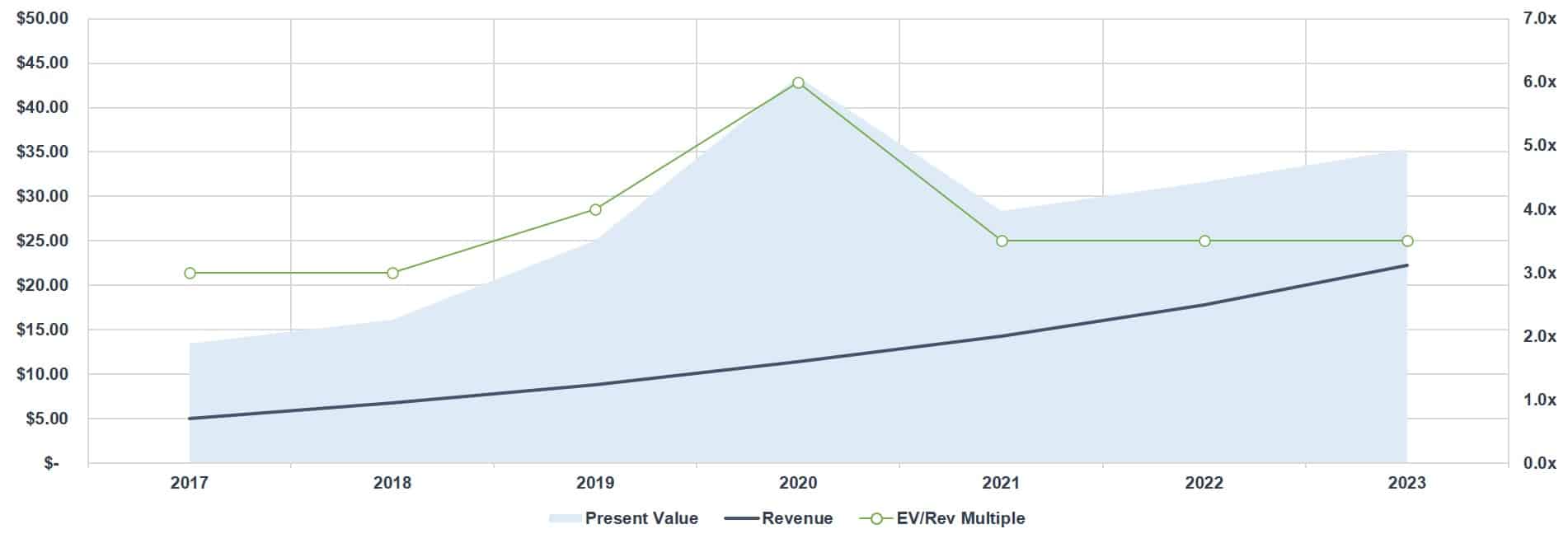
| 2017 | 2018 | 2019 | 2020 | 2021 | 2022 | 2023 | |
| Revenue ($M) | $5.00 | $6.75 | $8.78 | $11.41 | $14.26 | $17.82 | $22.28 |
| Revenue Growth Rate | 35% | 35% | 30% | 30% | 25% | 25% | 25% |
| EV/Revenue Multiple | 3.0x | 3.0x | 4.0x | 6.0x | 3.5x | 3.5x | 3.5x |
| Enterprise Value ($M) | $15.00 | $20.25 | $35.10 | $68.45 | $49.91 | $62.38 | $77.98 |
| Present Value ($M) | $13.39 | $16.14 | $24.98 | $43.50 | $28.32 | $31.61 | $35.27 |
| Discunt Rate (WACC) | 12% |
Monitor Business Performance
While knowing your market is important, it is critical for software CEOs to understand the performance of their companies so they better understand where they fit in the market – this is the foundation of success! Yet, the majority of software companies lack the necessary insight into company performance. With understanding comes the ability to increase performance. With data comes the power to make quality decisions. Without data, you are driving blind.
Knowledge is power, so understand the performance of your company at a granular level – unit economics are the building blocks of success. Measure, re-measure, and compare often. Be an “Agile CEO”.
Importance of KPIs
As you monitor internal performance, tracking the correct KPIs is key. Running a business via accounting data is like driving a car via the rearview mirror. Instead, it is far better to track bookings, MRR, customer growth / churn, losses, CAC, leads, and sales wins/losses.
Here are some helpful blogs as you evaluate which metrics to analyze:
- Understanding ARR: Terms You Need to Know
- How To Property Calculate Customer & ARR Churn
- What Every Software Executive Should Know About COGS
- Using a Sales Pipeline for Revenue Predictability
This data will begin to tell a story. Unit economics teach you to understand the cost to acquire and keep a customer, and the cash value of a customer over its lifetime. This knowledge in turn drives better decision making. It also gives you better insight into top and bottom-line projections, which you can track with market multiples to hone your valuation expectations.
While the above KPIs are key, you always need to look deeper than the surface metrics. It is important to segment your business by customer type, verticals, categories then run the KPIs to uncover gems and skeletons. And to re-iterate: measure, re-measure, and compare – everywhere. If you continually monitor company performance in a detailed way, you will have a better idea for how valuable your company may be and when it might make sense to sell.
What Are Your Personal & Company Goals?
No company exit is the same, but selling your SaaS company should always align with your personal and organizational goals. Following the famous words of Polonius, “This above all: to thine own self be true.”
In order to know what type of exit you want, you need to understand which exit options exist and contemplate which aligns best with personal and company goals. Some of the most common exit paths are:
- Selling to Strategic Buyers: Do you want to sell to a larger strategic software buyer or merge with an existing competitor?
- Selling to Private Equity Investors: Do you want to sell your company to resourceful PE investors? This has a few different flavors.
- Full Sale – Do you want to sell the entire company to the financial buyer?
- Majority Sale with Equity Roll: Do you want to sell the majority of your ownership but retain some equity, giving you a “second bit of the apple”?
- Minority / Growth Equity: Do you want to retain control of your company but take some chips off the table?
We all want the ideal exit, and there are actions to take toward achieving it. Understand your personal and company goals. Listen carefully to the market. Know your industry value drivers. Get to know your top 5 buyers. Plant the seeds like any pre-sales process. Monitor your business closely. Taking these steps will help you optimize your SaaS business’ exit.
If you’d like to discuss specific ways to realize your successful software exit, please contact us.
